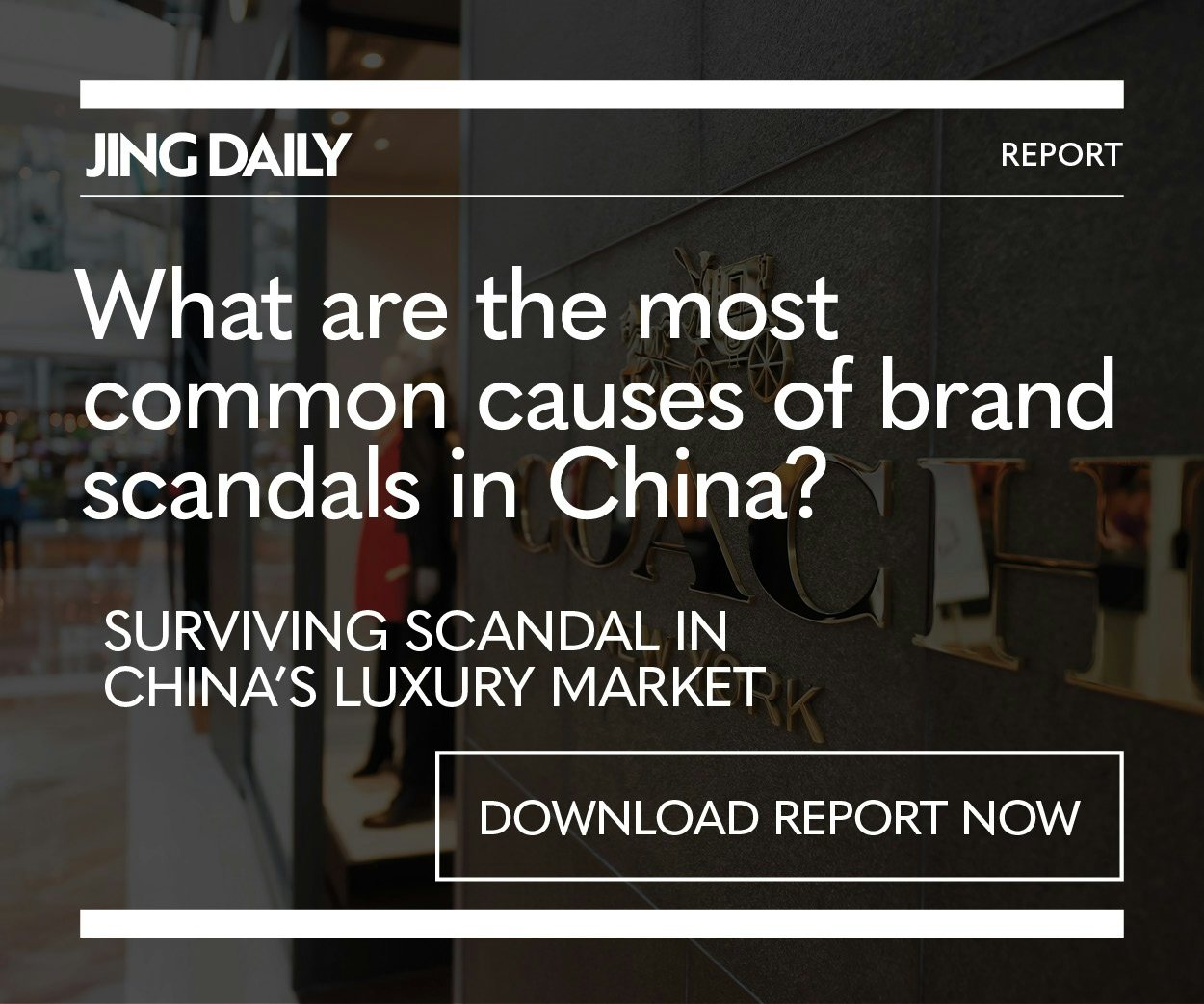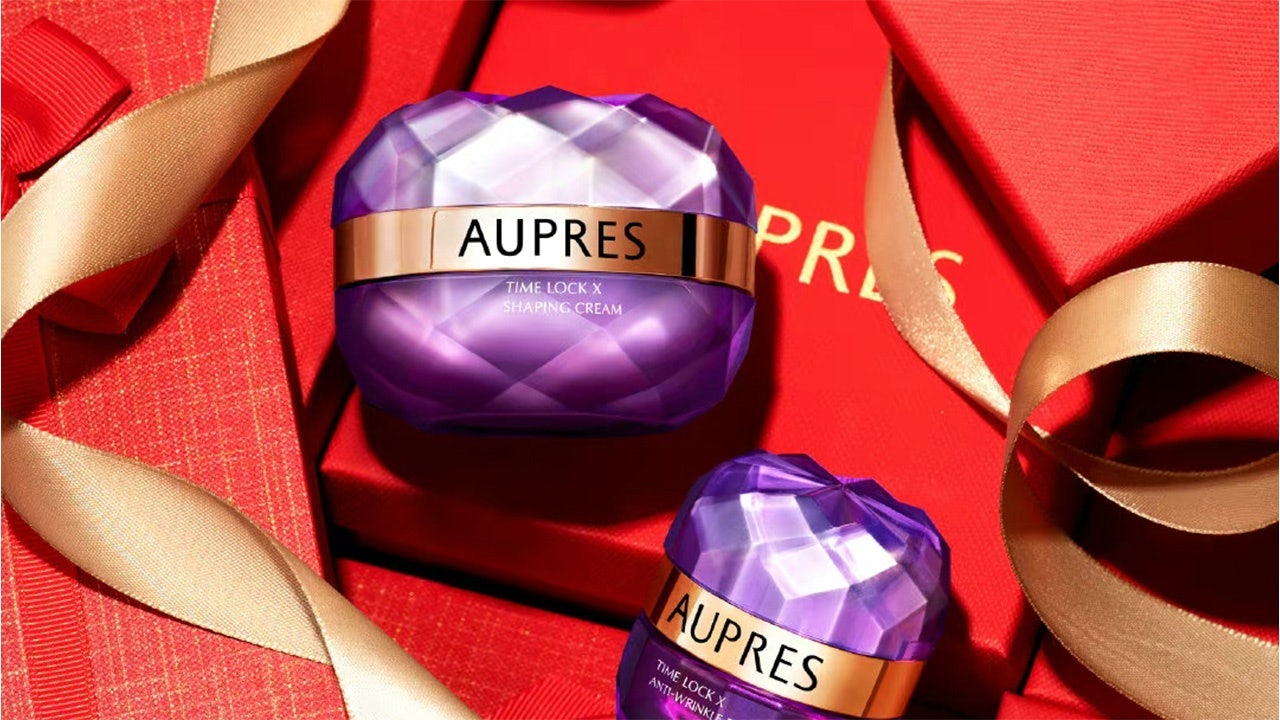The following is an excerpt from Jing Daily’s latest Insight Report, “Surviving Scandal in China’s Luxury Market.” Packed with market research, best practices, and case studies, the report is a must-read for anyone interested in avoiding or limiting the fallout from controversies when they arise. Download your copy of the report HERE today.#
Looking historically, there is no indication that international, or indeed even domestic, brands will ever fully escape the cycle of outrage and boycott in mainland China — whether manufactured and/or encouraged by central government authorities, amplified by bots or sockpuppet accounts, or led by grassroots consumers. Economic pressure is, and has always been, a powerful tool for Chinese authorities to keep international brands operating within its particular business parameters at risk of fines, expulsion from the market, or other punitive measures.
However, by recognizing the general patterns of the context around which these types of scandals and boycotts occur, brands can at least develop rapid response plans in advance for multiple scenarios. In the event that a brand is caught up in a wider geopolitical controversy that sees their home country in a dispute with the People’s Republic of China — such as South Korea’s THAAD deployment or Japan’s Senkaku/Diaoyu island dispute — a specific response plan can include official statements of being apolitical and reiterating that China operations will not be impacted by the political dispute.

In the event of more violent boycotts — such as the 2012 anti-Japan boycott that saw Japanese businesses in China incur an estimated $100 million in damages — pre-emptive store closures and statements of why these closures have happened could be necessary. But for brands that have the means, a pre-emptive move used by Japanese beauty brands in particular is to consider launching China-only brands or sub-brands, which are less likely to be targeted by nationalistic consumers during boycotts. One example of a premium beauty giant that has taken this strategy is Japan’s Shiseido, which rolled out exclusive China-only brands such as Aupres and Urara in recent years.
Another strategy to insulate oneself from anti-foreign boycotts is to invest in local Chinese startups, as in the case of Spanish fashion and fragrance company Puig’s backing of upstart fragrance brand Scent Library in 2021.
Addressing manufactured or exaggerated outrage, however, can be a far more nebulous endeavor, with a brand left to its own judgment and often struggling to discern whether a particular scandal is even real and whether an official response is necessary. One example of this is Dior’s response to the “slanted eyes” controversy in 2021, which was in reality a largely sockpuppet and bot-fueled scandal that lacked widespread support among consumers familiar with Dior or the work of Chinese photographer Chen Man.
